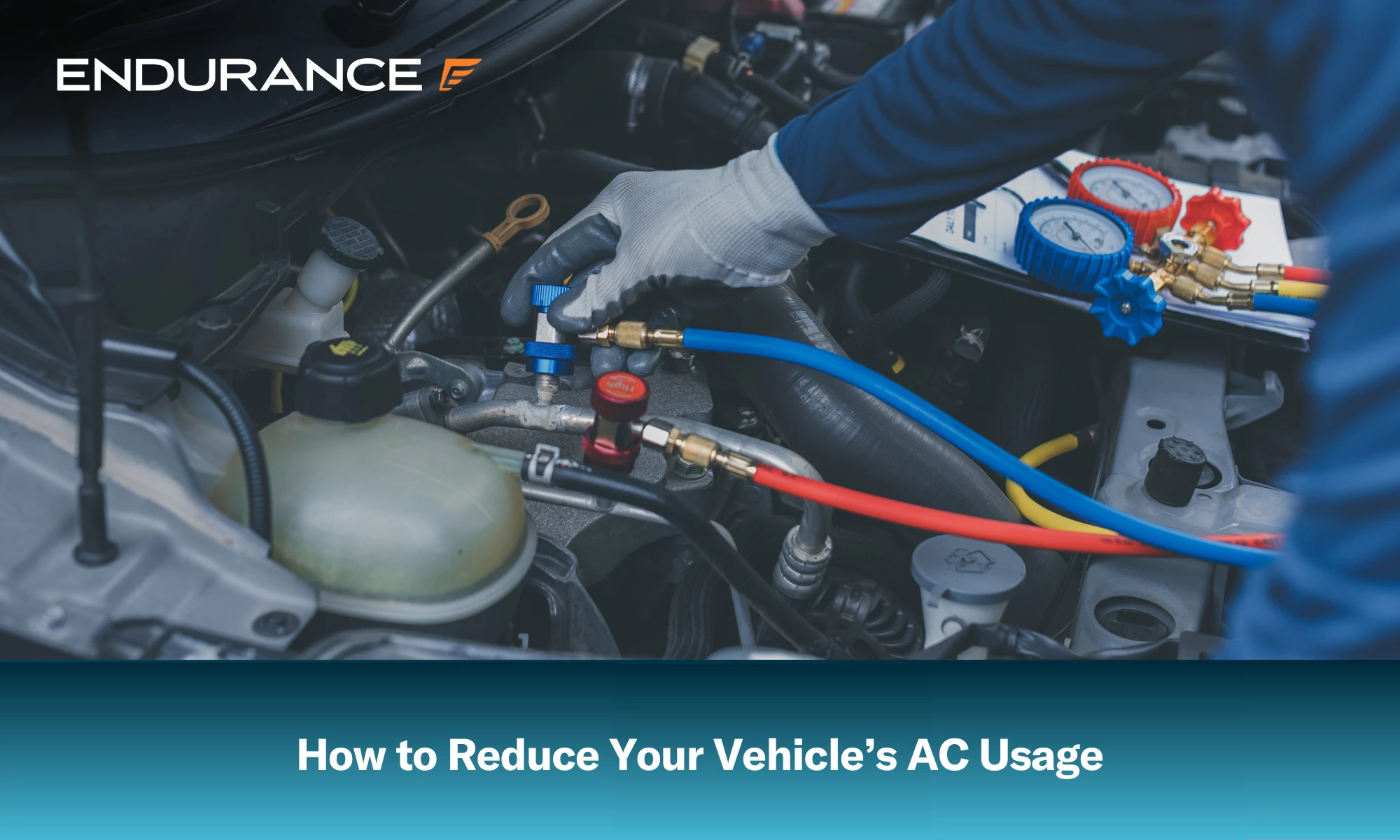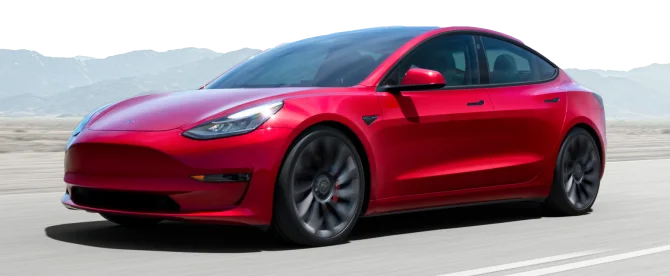Get this deal! Call now.
Speak with a vehicle protection plan specialist and get $300 off any new contract instantly.
Call 866-678-4172
or scan the code below


Using your car’s air conditioning more efficiently is an easy way to reduce emissions and lessen your environmental impact. Small adjustments, like avoiding max AC settings, using recirculation mode, and keeping up with basic maintenance, can significantly lower your vehicle’s carbon footprint. These strategies not only help the planet but also improve system performance and reduce the risk of costly repairs over time.
The problem with the impact of the air conditioning system of a vehicle on the environment stems from the fact that few people actually understand it. Your AC draws its power from the engine or battery of your vehicle, which requires more fuel or electricity to run. As a result, the overall carbon emissions of your vehicle will rise, not to mention cause a faster battery drain for electric or hybrid cars due to the energy usage.
Beyond this, though, a car’s air conditioning system doesn’t just rely on refrigerants, but also hydrofluorocarbons. These are potent greenhouse gases. Even just small leaks over time can release HFCs into the atmosphere, with air conditioners being one of the leading causes of total HFC emissions globally.
You may be thinking that the only way to be environmentally conscious is not to use the air conditioner at all. This couldn’t be further from the truth. By simply adjusting your habits and using your vehicle’s HVAC system more efficiently, you can reduce your carbon footprint without sacrificing any comfort. Some quick and easy ways to lower emissions and use less energy from your car’s air conditioning system include:
These simple strategies can dramatically reduce your AC’s energy demand and lower your vehicle’s overall emissions.
Most modern vehicles come with a recirculation mode built within the AC units, but it is often overlooked by drivers. This handy feature limits the amount of outside air that can enter the vehicle and instead reuses the cool air that’s already inside the cabin. Since this air is already cool, it takes less effort on the cooling system’s part to maintain a comfortable temperature. Additionally, the compressor in your air conditioner doesn’t need to work as hard to cool recirculated air, thereby helping conserve fuel or battery power.
Even the best air conditioning system will degrade over time. Routine maintenance is crucial not just for performance but also for environmental sustainability. A system that is neglected will struggle to cool effectively, thereby causing higher energy use and increasing the chance of refrigerant leaks. To support efficient AC operations, there are three main maintenance tasks that all drivers should tackle:
If your AC system suffers a total failure, the repair cost can be quite high. Compressors, evaporators, condensers, and other smaller parts are complex and can be labor-intensive to fix which is where the bulk of the cost comes from. Unfortunately for drivers who let small problems with the AC system compound, though, total failure of the system may be imminent.
Beyond this, running a faulty air conditioning system undoubtedly causes worse emissions and negatively contributes to the environment. An extended vehicle warranty or vehicle service contract can help protect against this by handling the costs of covered repairs. Endurance Warranty offers vehicle protection plans that can be customized to suit your needs. Our three flagship plans, the Supreme, Superior, and Secure Plus plans, all offer varying levels of coverage for the air conditioning system.
Covered AC parts, depending on your vehicle service contract, can include the following:
With the right plan from Endurance, you’ll never need to worry about costly repairs and can have peace of mind on the road. This peace of mind goes a step further when you consider a year of Elite Benefits, for a small activation fee, that comes with Endurance plans. Providing pivotal perks such as up to tire coverage, key fob replacements, windshield repair, and more, the true value of your coverage skyrockets.
From moderating your temperature settings to using recirculation mode, there is no shortage of ways in which you can do your part. By going the extra mile and investing in an extended warranty or auto protection plan, you can also help the environment by not driving around with a faulty system just because you’re cautious about the cost of the repair.
To protect your vehicle, call one of our plan advisors at (800) 253-8203 or request a FREE quote to see what your price may be. You can also shop on eStore to see your price and recommended plans.

We've received your vehicle information and will contact you shortly with your quote.
— OR —
Start shopping for a coverage plan now.

We're here to make sure you get the most comprehensive EV protection. That's why we've partnered with Xcelerate Auto to offer you transparent and dependable Tesla coverage.
Want us to contact you about XCare coverage for your Tesla?



Your protection is our top priority. Your quote is in progress and you will
receive a confirmation
email shortly.


Speak with a vehicle protection plan specialist and get $300 off any new contract instantly.

Call for $300 off any new plan!
By clicking the button, you consent to Endurance using automated technology to call, email, and text you using the contact info above, including your wireless number, if provided, regarding auto protection or, in California, mechanical breakdown insurance. You also agree to the Endurance Privacy Policy and Terms and Conditions. Consent is not a condition of purchase, and you can withdraw consent at any time. Message and data rates may apply.


Speak with a vehicle protection plan specialist and get $300 off any new contract instantly.
Call 866-678-4172
or scan the code below



Simply fill out the information below and we will follow up fast with your free no-obligation quote.
By clicking the button, you consent to Endurance using automated technology to call, email, and text you using the contact info above, including your wireless number, if provided, regarding auto protection or, in California, mechanical breakdown insurance. You also agree to the Endurance Privacy Policy and Terms and Conditions. Consent is not a condition of purchase, and you can withdraw consent at any time. Message and data rates may apply.

To speak to a vehicle protection plan specialist and get $300 off any new contract instantly
Scan the code below
Larry Witherspoon Jr. is a co-founder and Executive Director of the Automotive Training Center. Larry has held multiple leadership positions in the U. S. Navy and with various Fortune 100 companies. In addition to his business experience, Larry grew up understanding the difficulties all young men face becoming adults especially those that come from challenging circumstances. He has taken those experiences growing up and combined them with his passion for vehicles to start the Automotive Training Center. Read more about Larry.